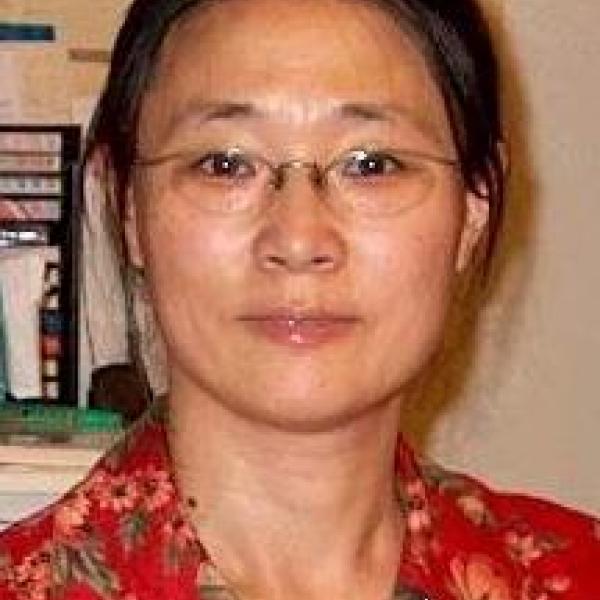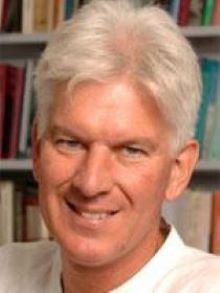
Professor Shaughnessy is a renowned scholar of ancient China who studies China's archaeologically recovered texts as well as the literary traditions in which they were born. In his own work, Shaughnessy combines these areas of expertise, though when he teaches, he separates them, offering seminars on oracle-bone inscriptions, bronze inscriptions and bamboo-strip inscriptions, as well as classes on the Yi jing, Shi jing and Shang shu. His own personal interests include bronze inscriptions and the Zhou Yi, both of which reached their full maturity toward the end of the Western Zhou period (1045 to 771 B.C.E.).

Professor Saussy's primary teaching and research interests include classical Chinese poetry and commentary, literary theory, comparative study of oral traditions, problems of translation, pre-twentieth-century medi history, and ethnography and ethics of medical care.
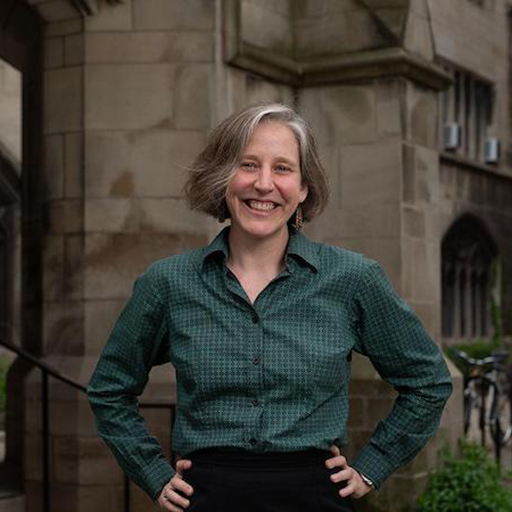
Professor Ransmeier researches local practices revealed in police and judicial records and the intersection of law and family life in modern China. Currently, she is completing a book on the practice of selling people in North China during the Late Qing and Republican periods, the first such work to be devoted to the subject of slavery and human trafficking in China during this period. Her research efforts within China’s judicial archives have also led her to new areas of interest extending beyond trafficking cases.
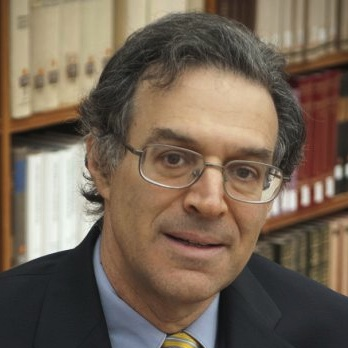
Professor Pomeranz's work focuses mostly on China, though he is also very interested in comparative and world history, particularly long-term global economic trends. Most of his research is in social, economic, and environmental history, though he has also worked on state formation, imperialism, religion, gender, and other topics. His publications include The Great Divergence: China, Europe, and the Making of the Modern World Economy (2000), which won the John K. Fairbank Prize from the American Historical Association, and shared the World History Association book prize.
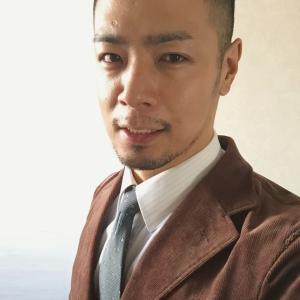
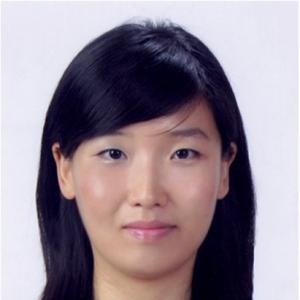
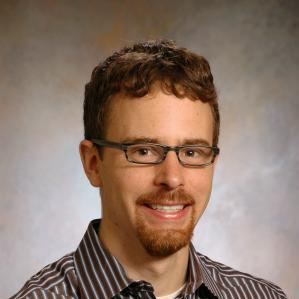
Professor Long's research and teaching interests include modern Japanese literature, regional and subnational literatures, publishing history, environmental history and criticism, media theory, and digital humanities. His first book, On Uneven Ground: Miyazawa Kenji and the Making of Place in Modern Japan (2011), examines the ways in which artistic and literary activity intersected with ideas about place and locality in Japan’s prewar period. He is currently working on a project that considers postal technologies of late 19th and early 20th century Japan as forms of “new media.” He is focusing on the ways these technologies impacted practices of writing—literary or otherwise—and how they may or may not have altered established patterns and ideas of social association and communication.

Professor Lin specializes in the history of Chinese art and architecture, with a focus on medieval periods. His primary interests in research are visual and material cultural issues in Buddhist art and architecture and China’s funerary practice through history.
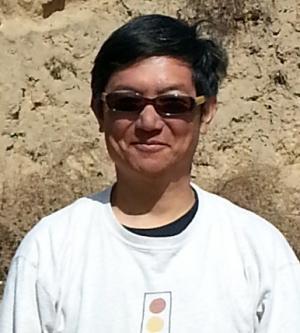
Professor Li’s research focuses on the archaeology of Bronze Age China; craft specialization and production, with a specialization on bronze casting technology; and the rise of social complexity, regional interaction, and state formation in ancient China. His current work encompasses the study of state-sponsored bronze production at Houma of the Eastern Zhou period, as well as the research and writing of “Science and Civilisation in China, Volume 5, Part 14: Non-Ferrous Metallurgy,” for the Needham Research Institute in Cambridge, England.
